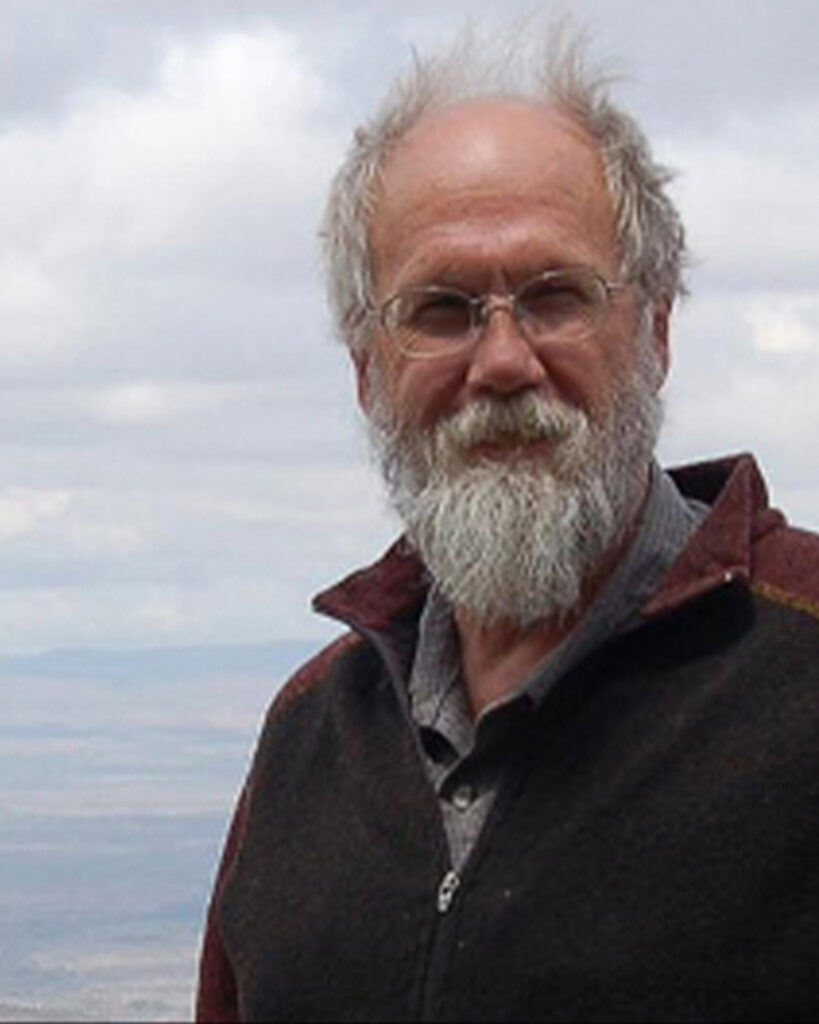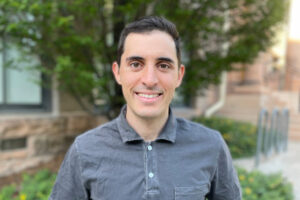The power of curiosity and collaboration
May 20, 2025
Above: Thure Cerling
Whether it’s roadkill livestock or his own beard hairs, Thure Cerling’s keen eye for objects to analyze has led to scientific discoveries, both unexpected and groundbreaking.
 Over the course of an academic career spanning five decades, the University of Utah geoscientist has developed numerous forensic tools, such as isotope analysis, for understanding geological processes that affected the course of life on Earth, according to presentations given Saturday at a symposium to reflect on the contributions of Cerling, who is retiring this year.
Over the course of an academic career spanning five decades, the University of Utah geoscientist has developed numerous forensic tools, such as isotope analysis, for understanding geological processes that affected the course of life on Earth, according to presentations given Saturday at a symposium to reflect on the contributions of Cerling, who is retiring this year.
His discoveries have reconstructed the diets of ancient animals, characterized the ecology of early human sites in East Africa, pinpointed when floods incised Grand Canyon, identified a global transition in vegetation types 3 to 10 million years ago, and even helped law enforcement crack cold cases and solve wildlife crimes. He is perhaps best known for exploiting the relative abundance of certain elemental isotopes as a way to date objects or determine where a person or animal lived or what they ate, earning him the moniker The IsoPope.
Cerling “is a profoundly curious and interested individual. He seeks out and he finds systems that are interesting around him and he finds interesting questions and finds ways to bring these fundamentals into new areas,” said symposium moderator Gabe Bowen, a U geology professor and former student of Cerling’s. “He’s not afraid to go out and sample things and just get materials and might not know exactly what they’re going to be good for right at that time, but Thure’s a collector and this pays off.”
The event was held at the Utah Museum on Natural History, where dozens of scientists from around the country gathered to celebrate Cerling’s contributions to science and his impact on them personally.
Read the full story by Brian Maffly in @TheU




